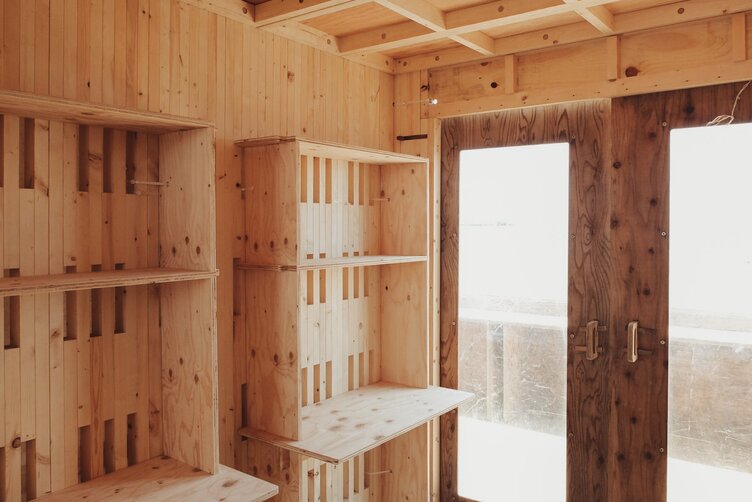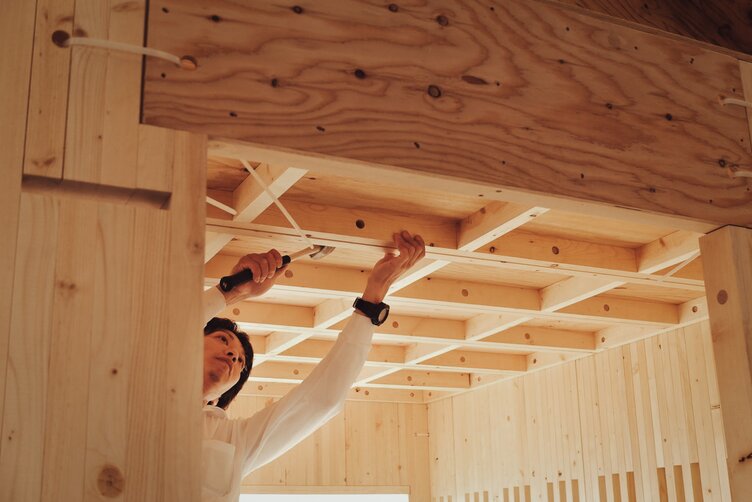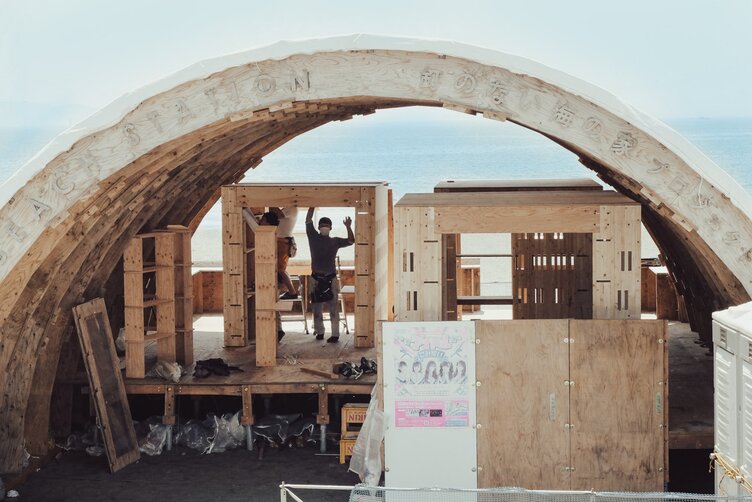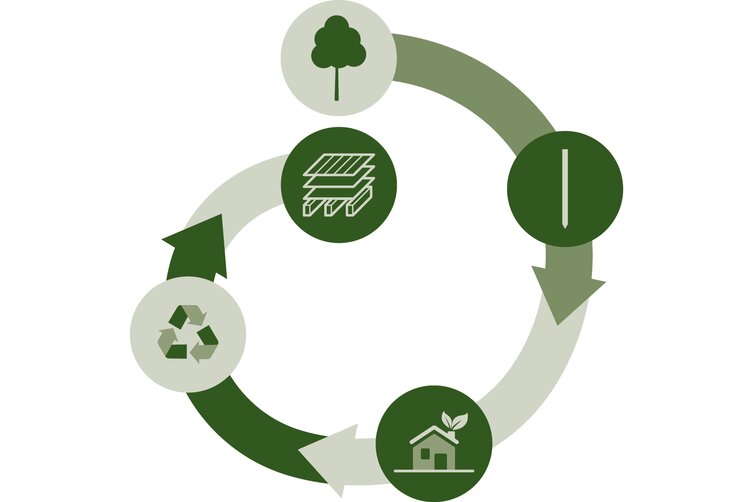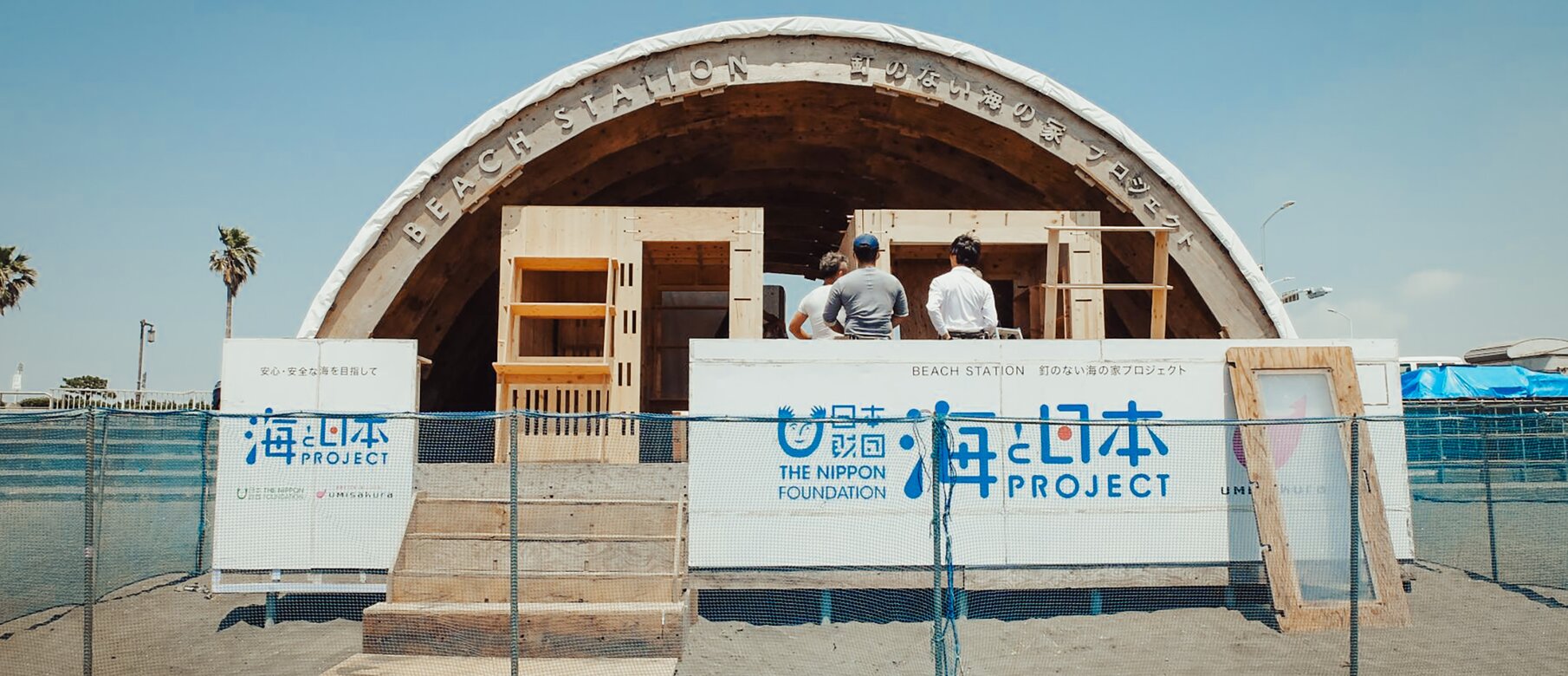
Enoshima no-nail Beach house
Kanagawa | Japan
The No-Nails Beach House project by HASEMAN brings sustainability to Katase Higashihama Beach in Japan – all buildings are completely residue-free and environmentally friendly thanks to LIGNOLOC® wooden nails.
With the “Beach House without Nails Project,” HASEMAN once again creates beach houses on Katase Higashihama Beach in Japan that are remarkable in both design and sustainability. By using our LIGNOLOC® wooden nails, the project ensures that nature remains untouched – leaving no harmful materials or residues behind when the structures need to be removed.
Project data
-
Project: No nail beach house
-
Design and Execution: Haseman
-
Location: Kanagawa, Japan
-
Completion: 2017
-
LIGNOLOC® Application: Fastening the plywood panels
The Umi-to-Nippon project (translated: “The Sea and Japan”) is an initiative of the Nippon Foundation, which is being carried out in cooperation with the Cabinet Office for Ocean Policy and the Ministry of Land, Infrastructure, Transport and Tourism of Japan.
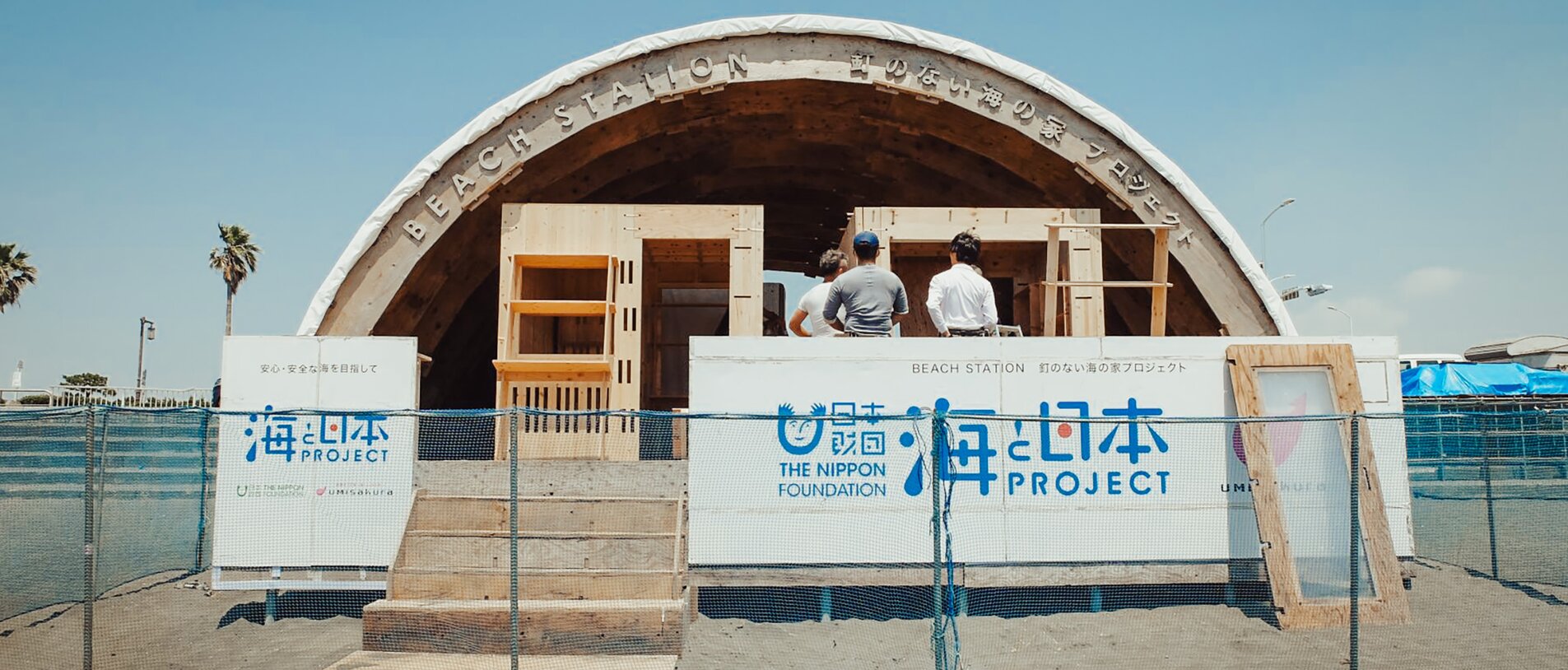
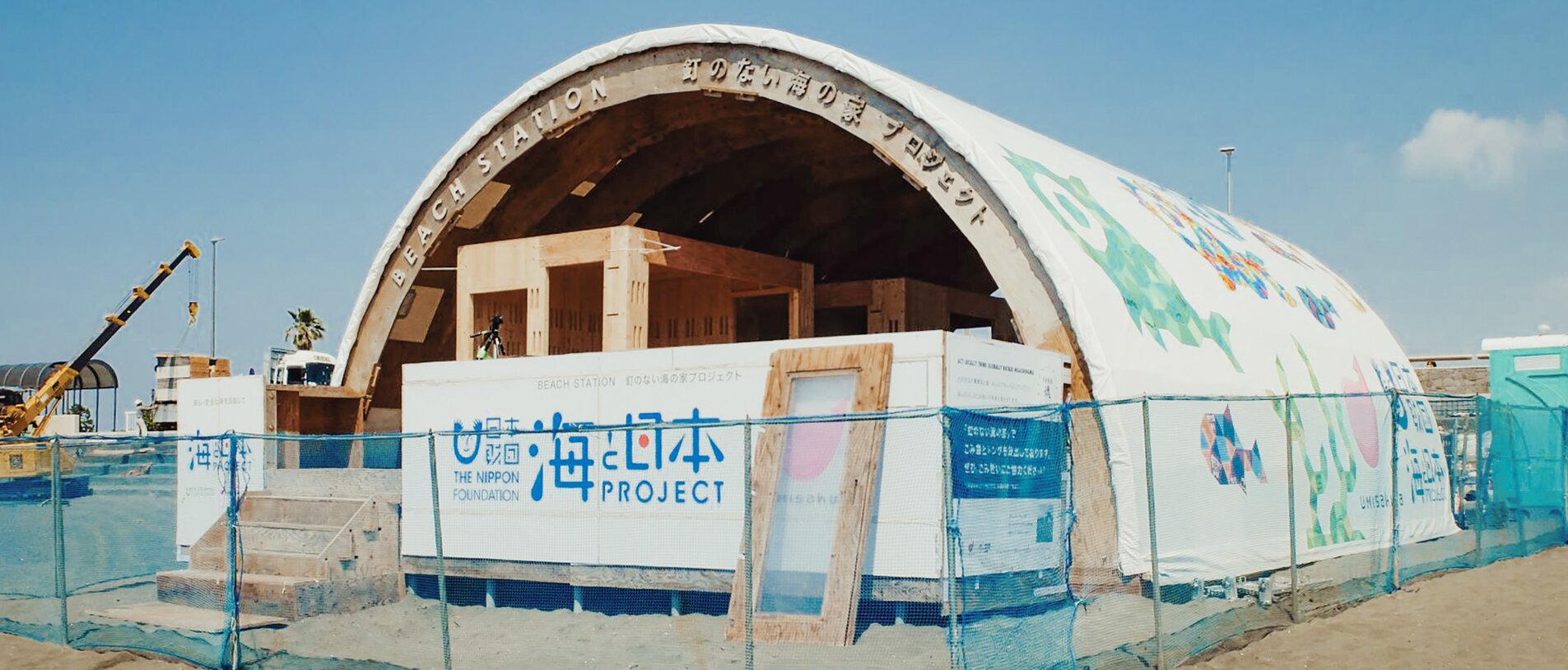
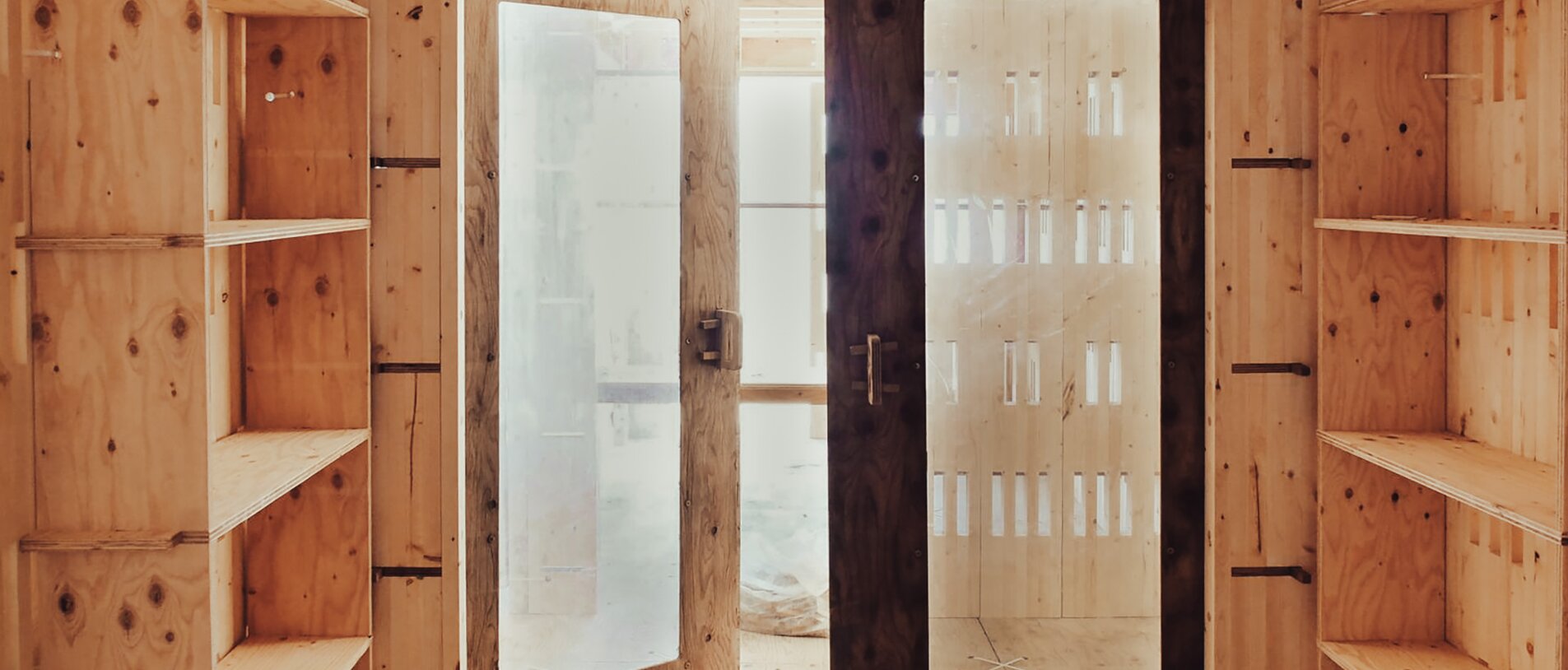
The Nippon Foundation is strongly committed to protecting the oceans and promoting environmental awareness in Japan. One of its key initiatives is the “Umi-to-Nippon” (“The Sea and Japan”) project, which was launched together with the Cabinet Office for Ocean Policy and other ministries. This project aims to draw attention to the critical challenges facing the ocean – from environmental degradation to overfishing and plastic pollution – and to raise interest and responsibility for marine conservation, particularly among the younger generation.
The projects supported include campaigns such as “Dosukoi Beach Clean” for clean beaches, the eco-friendly beach house “Kugi-no-Nai Umi-no-Ie” and the “Chibikko Beach Saver Park”, which teaches children about marine conservation through play. These measures help to deepen Japanese society's understanding of the marine environment and raise awareness of sustainable development and environmental protection.

